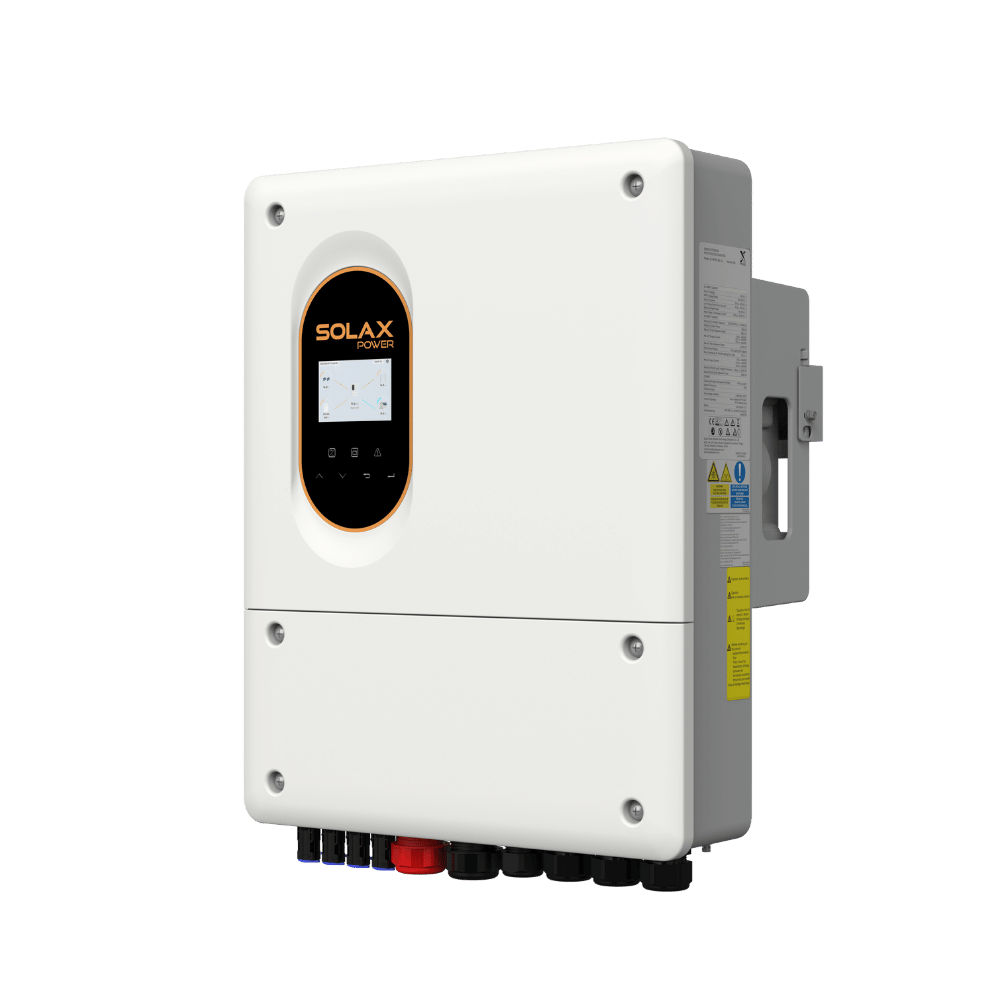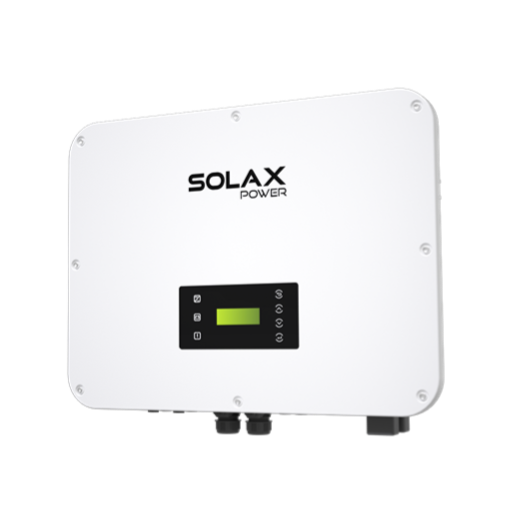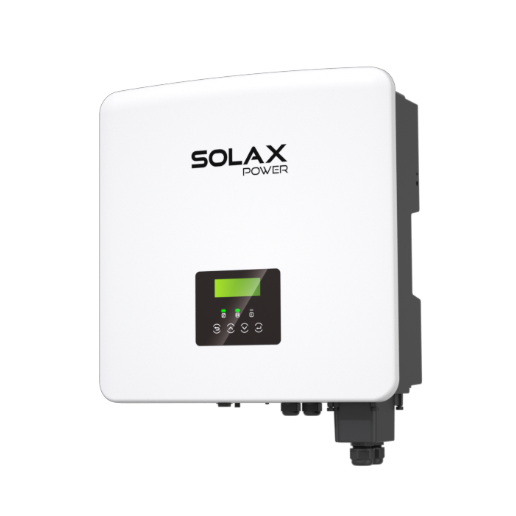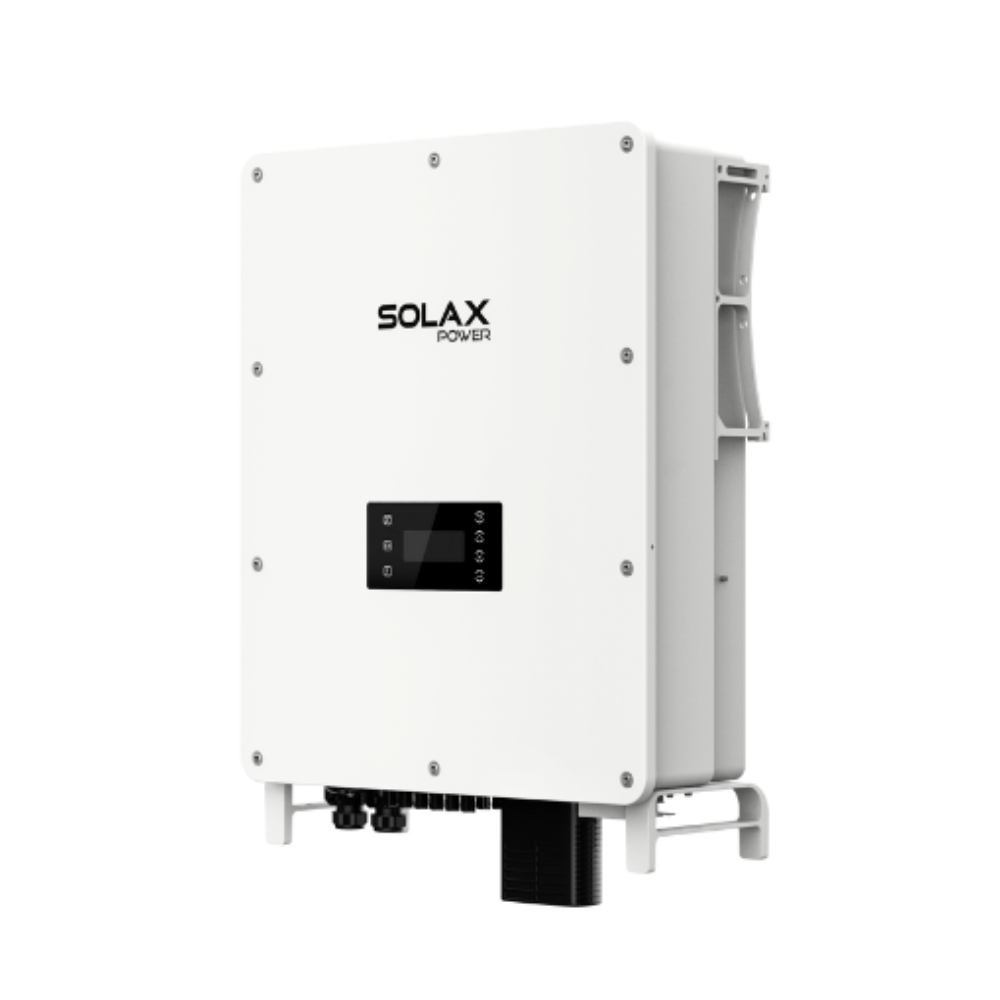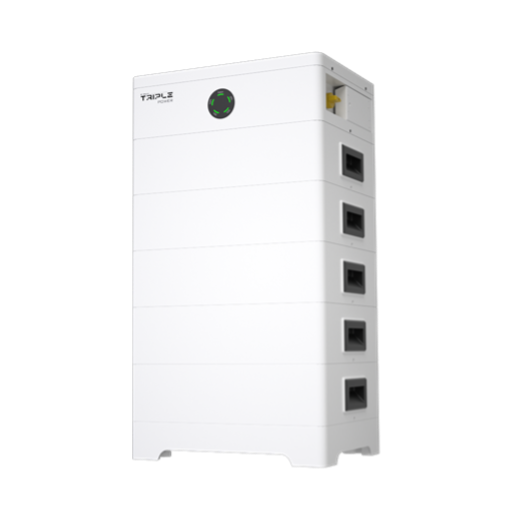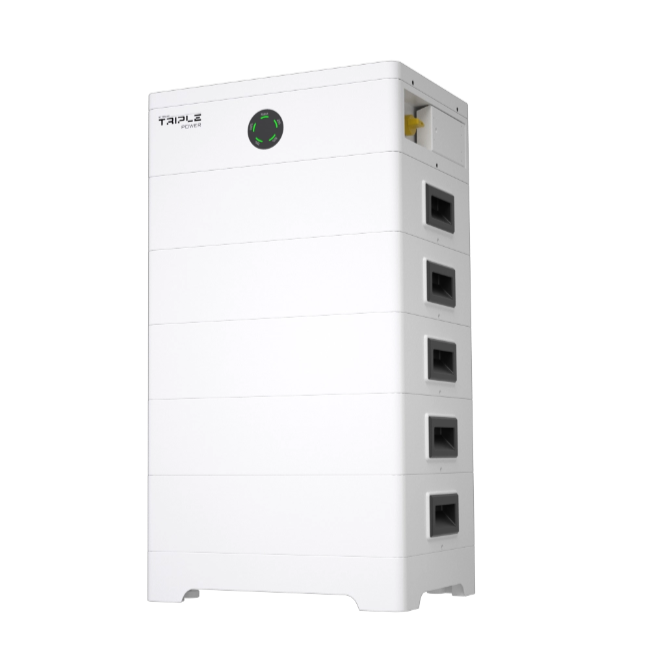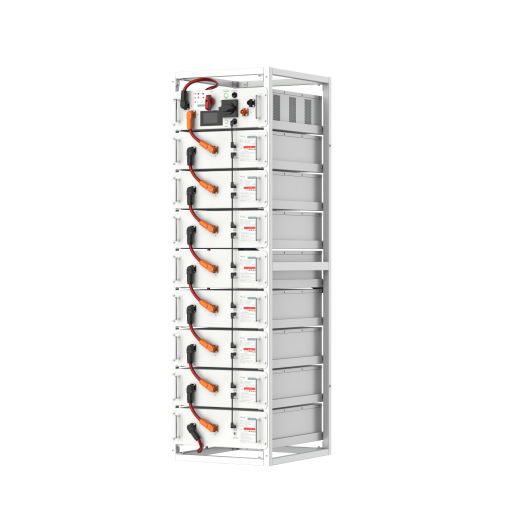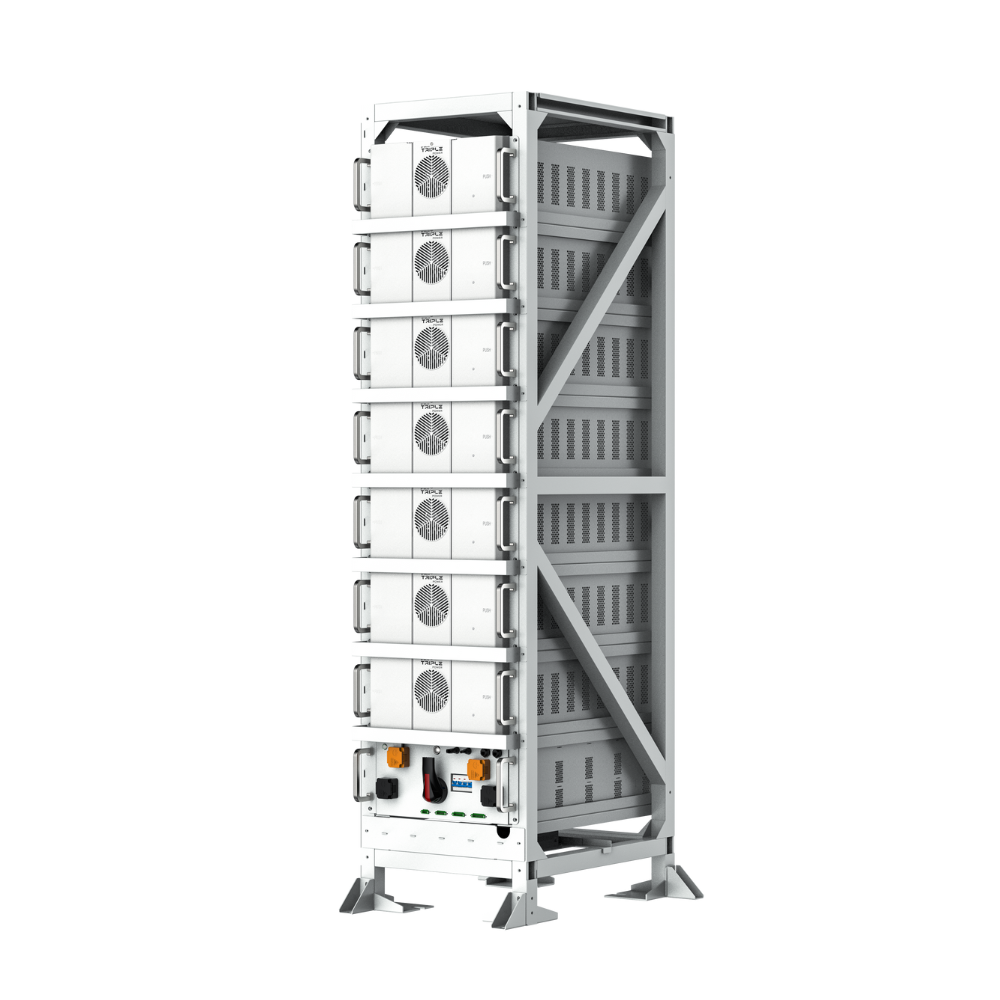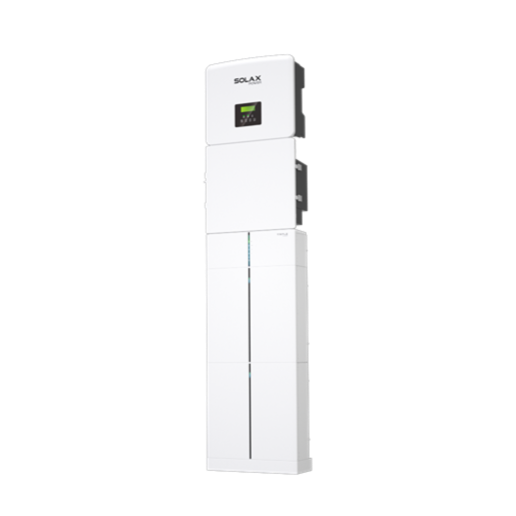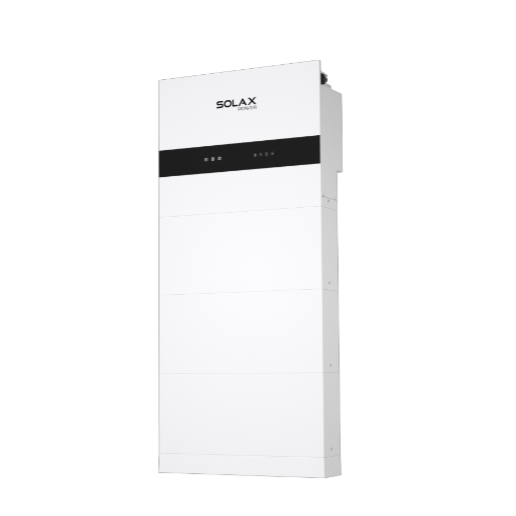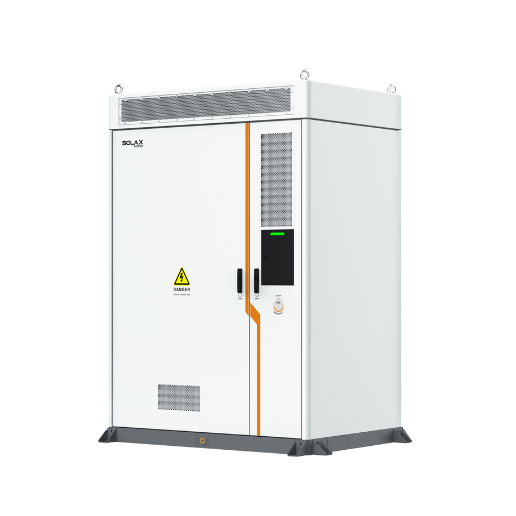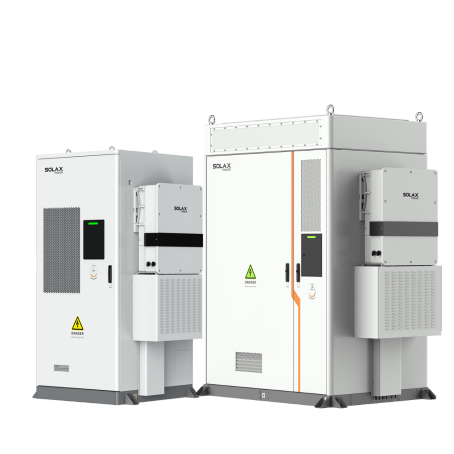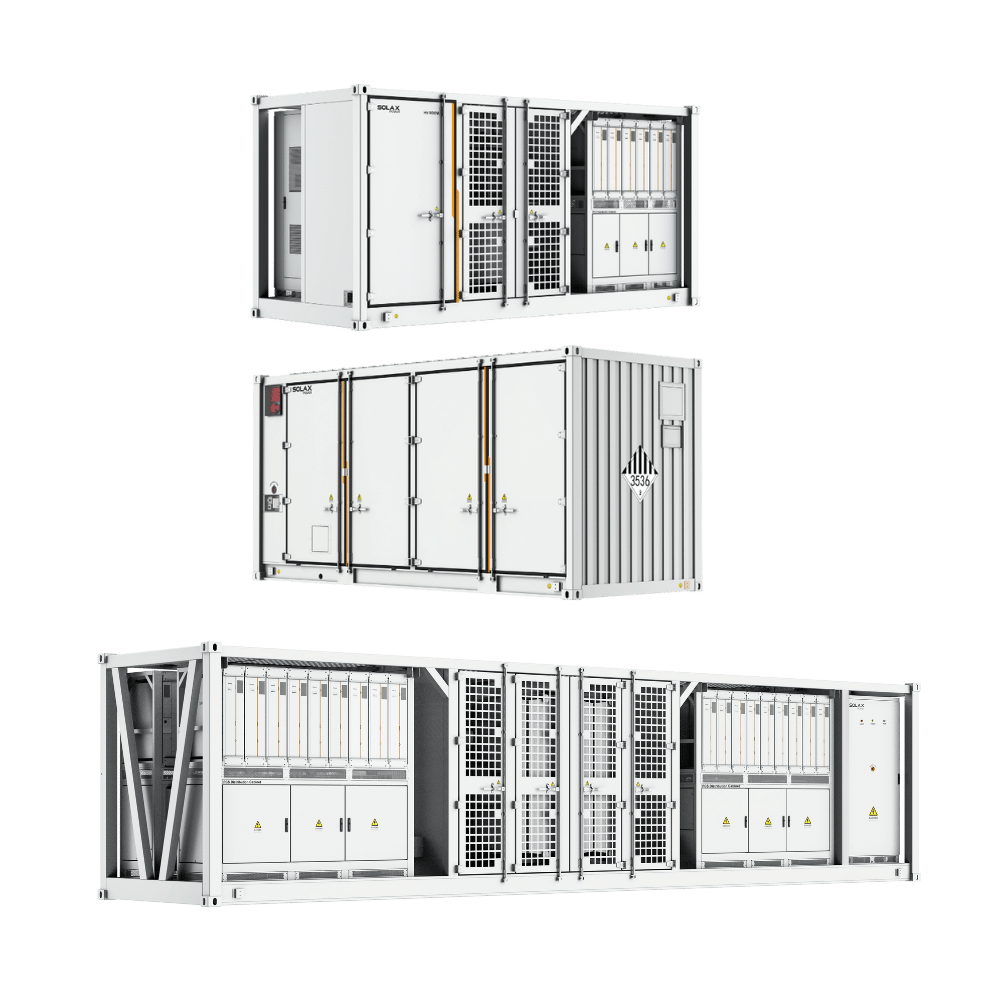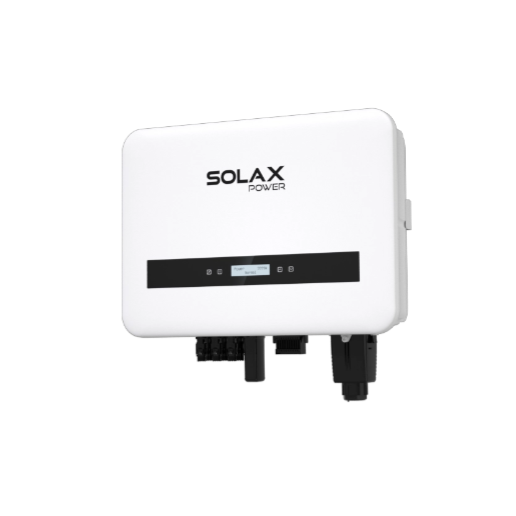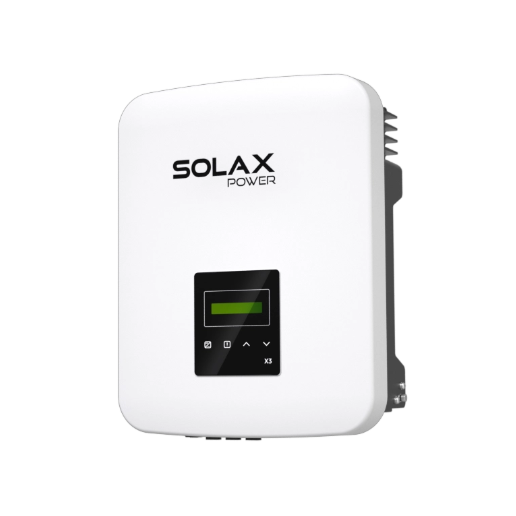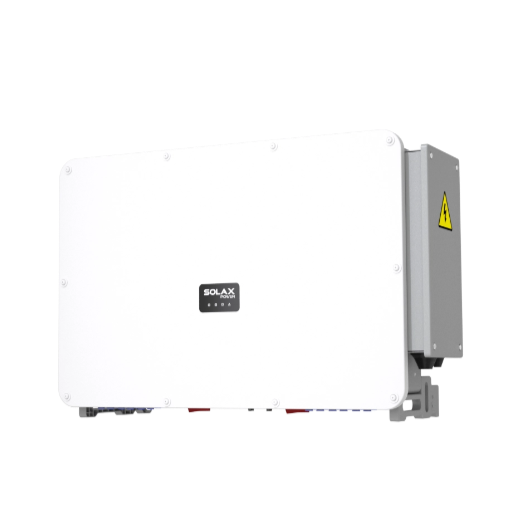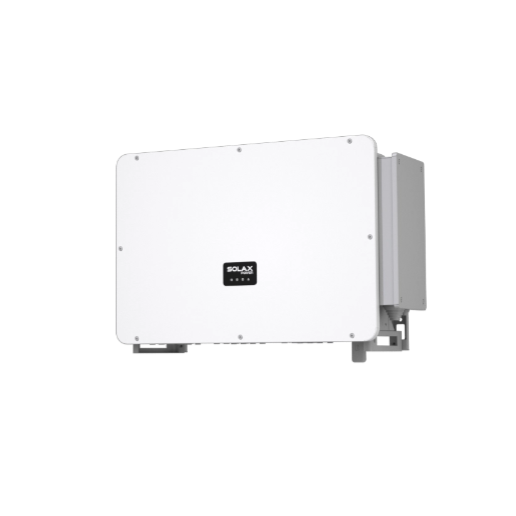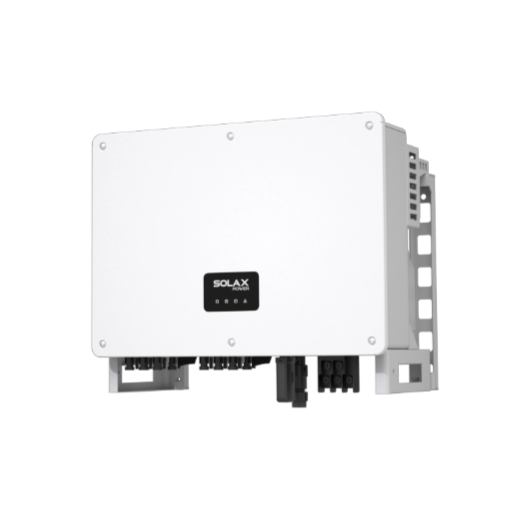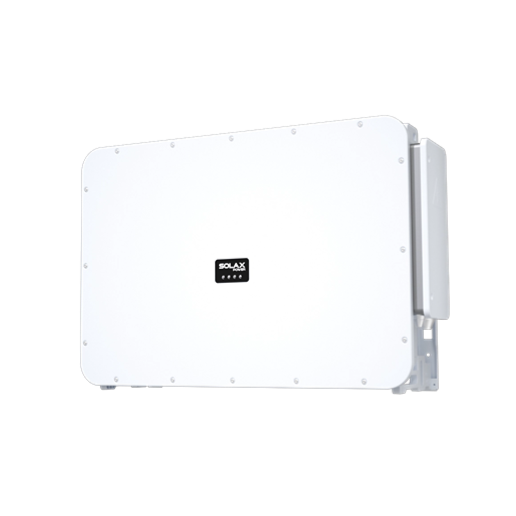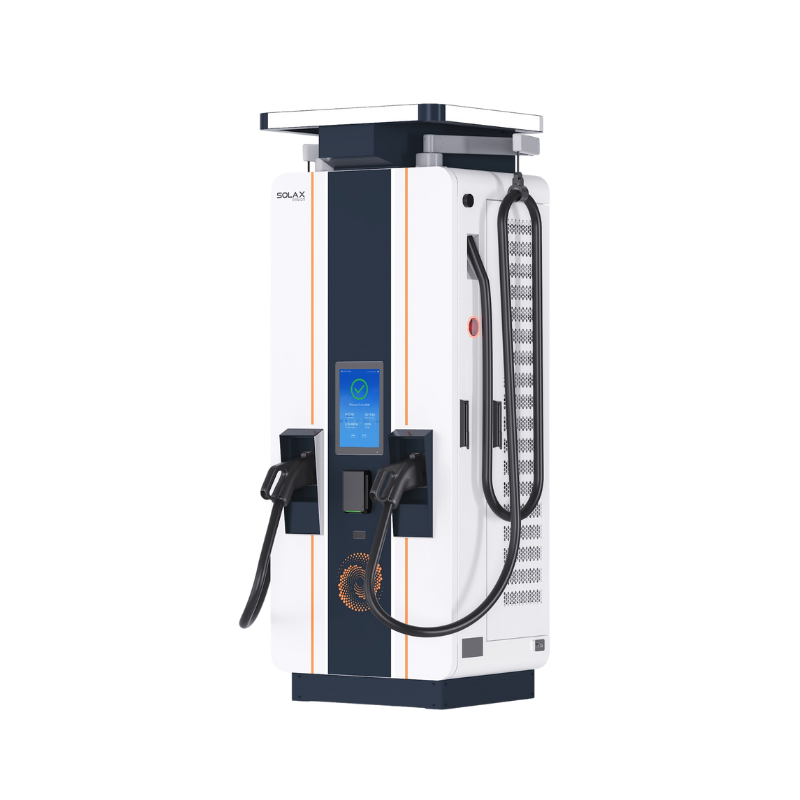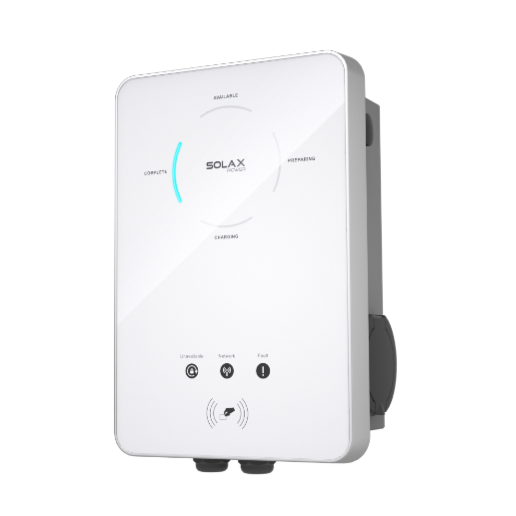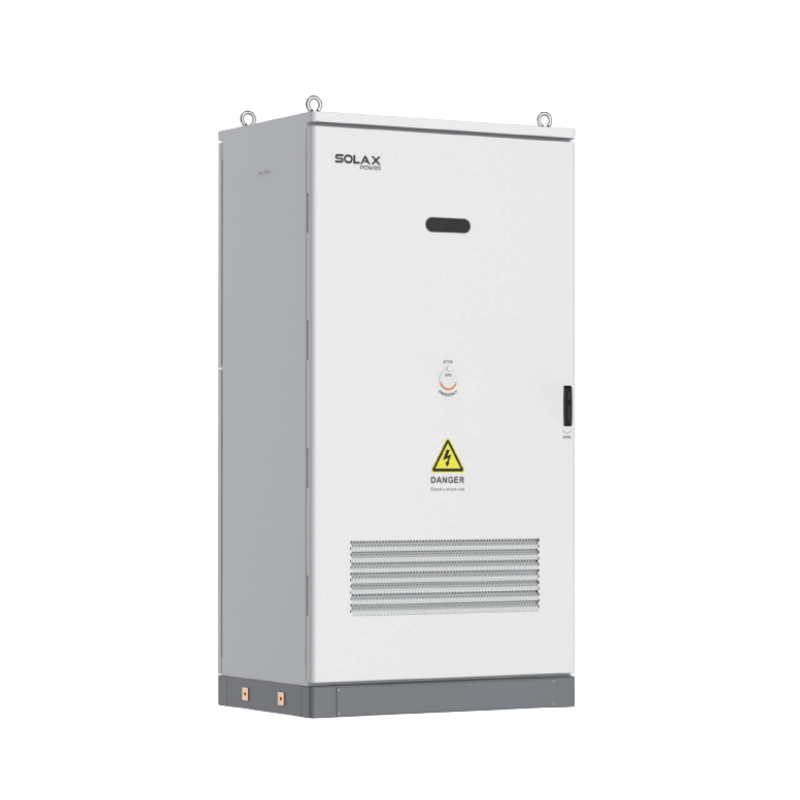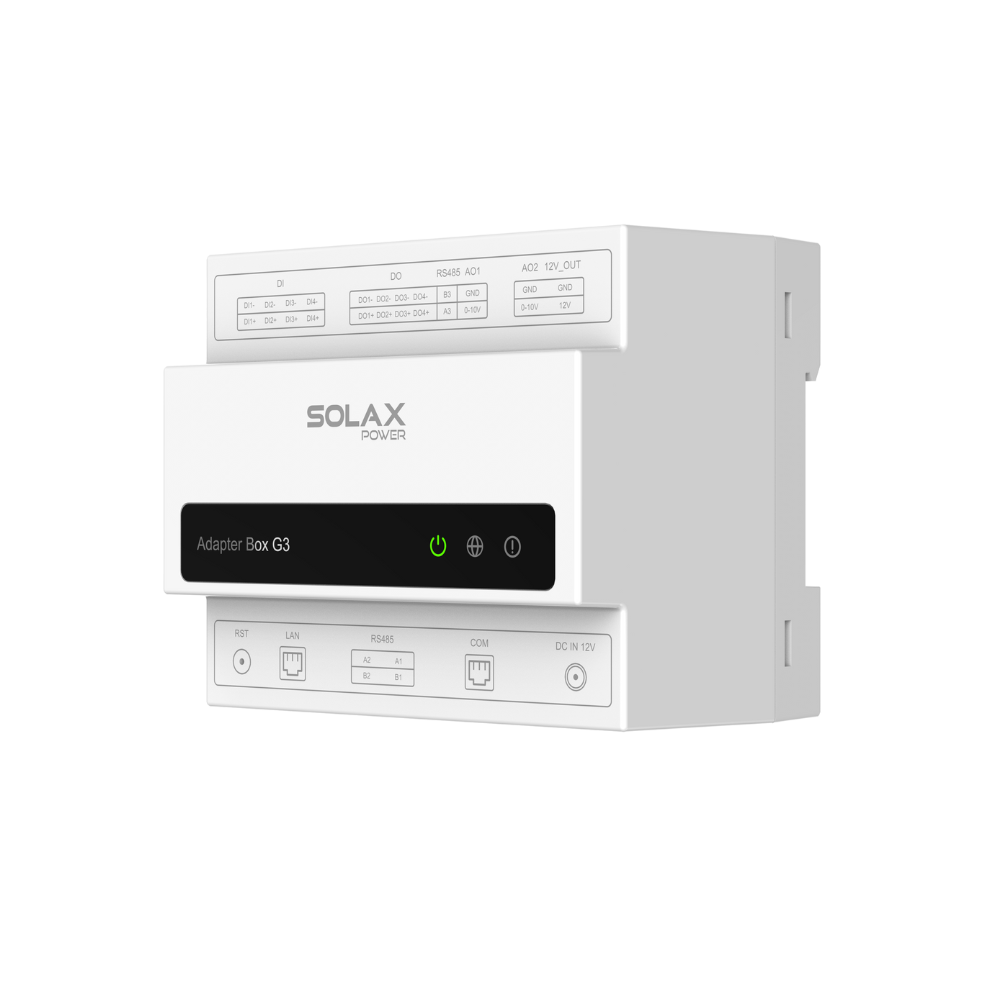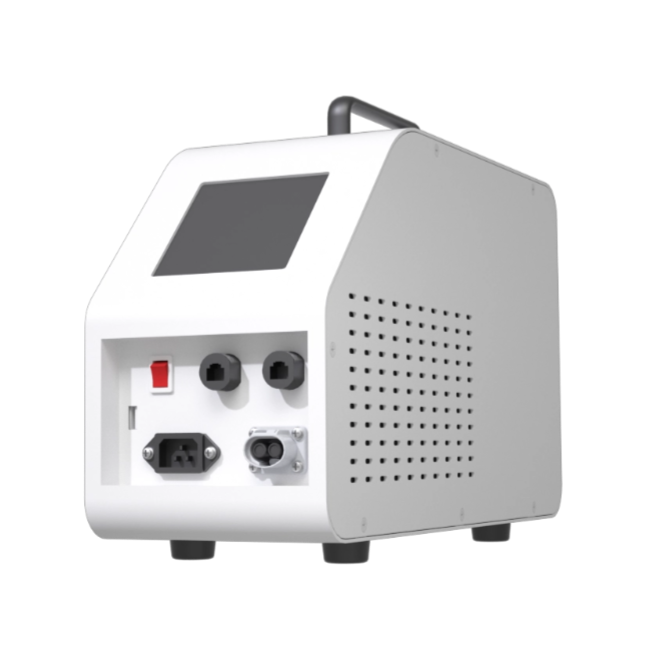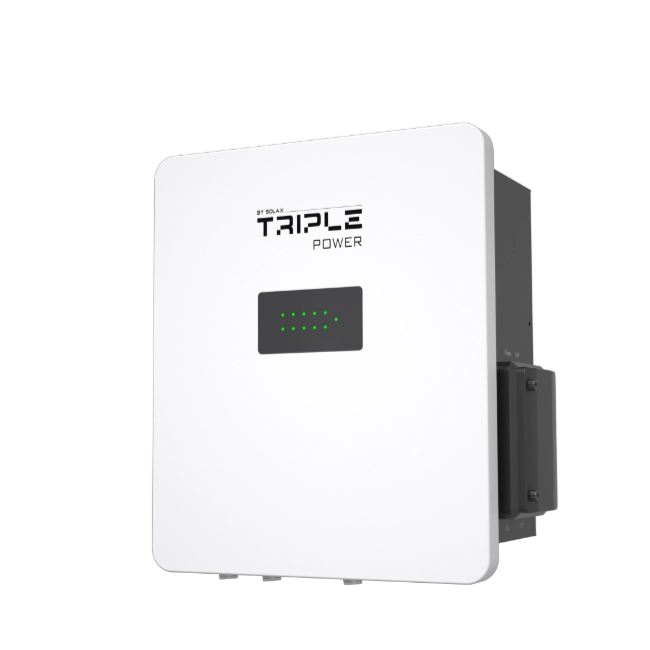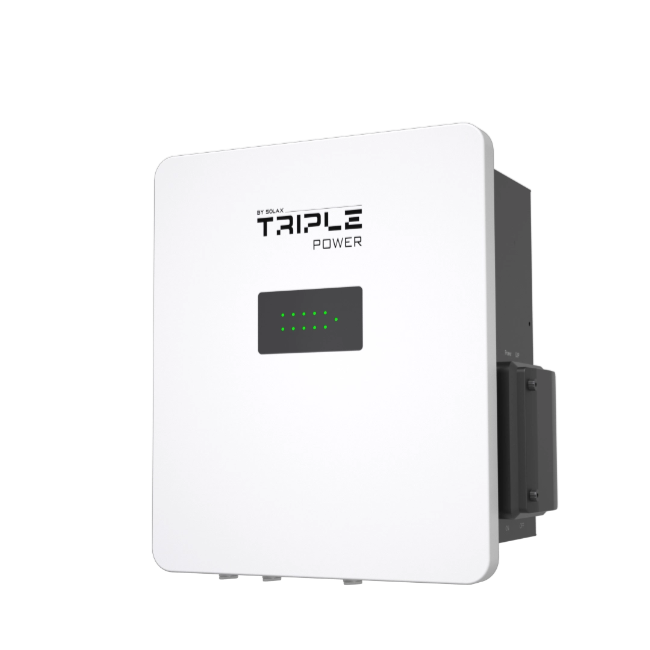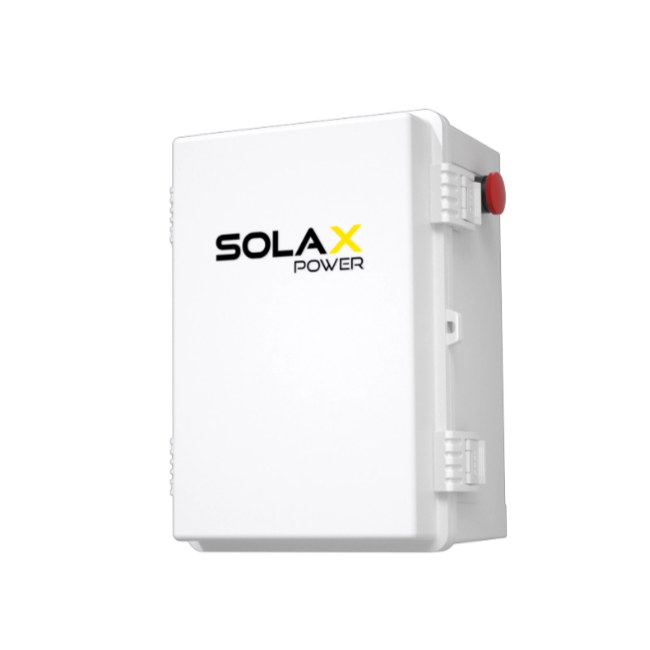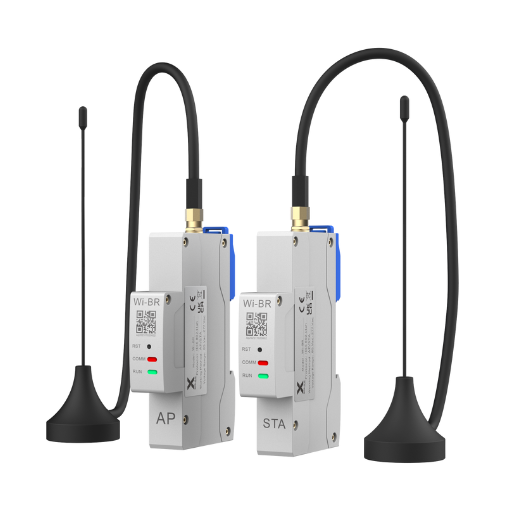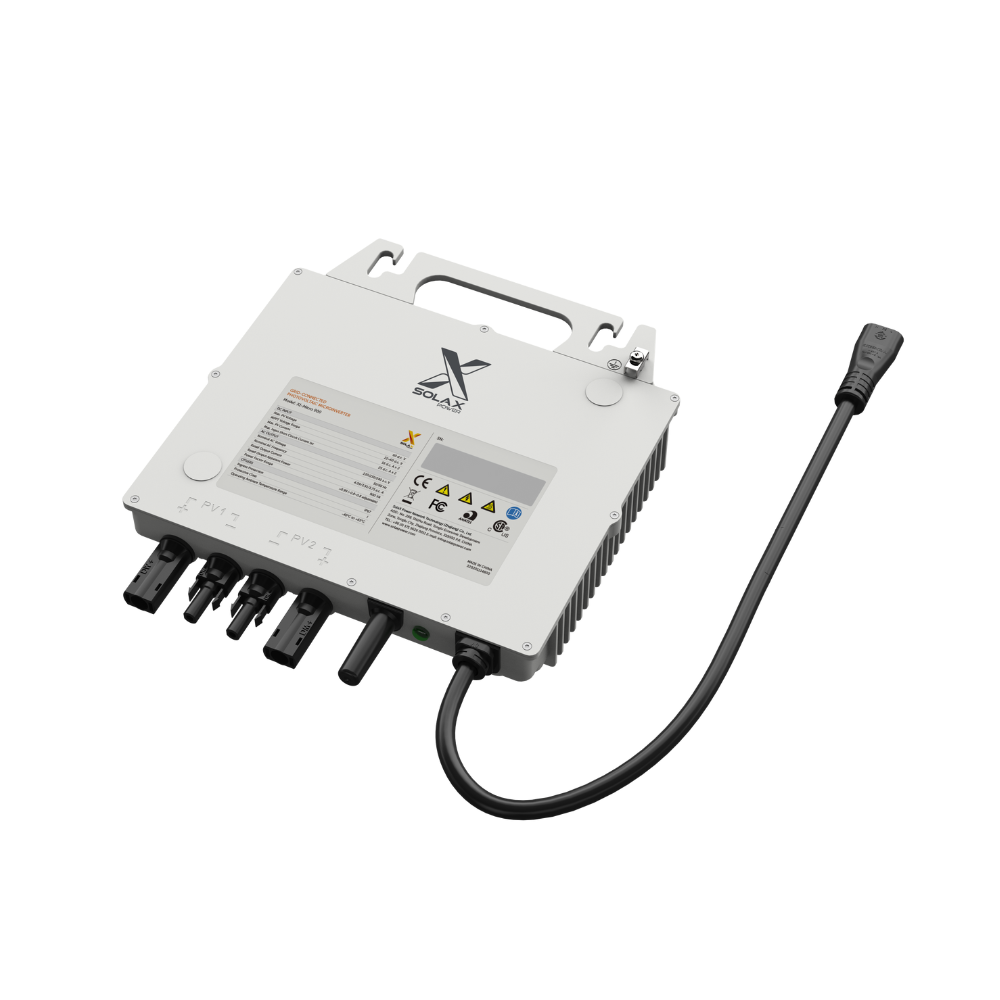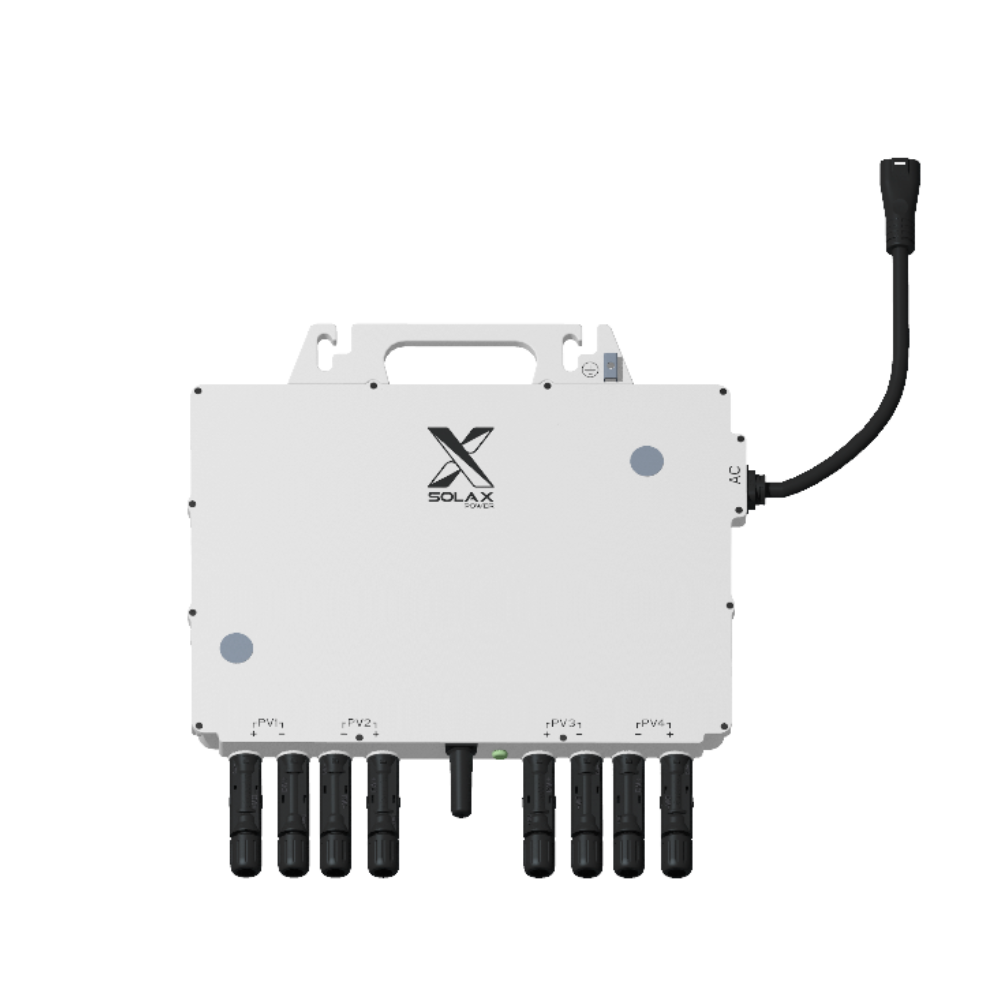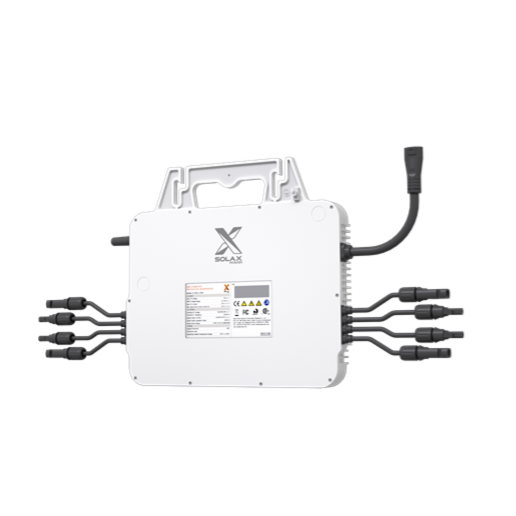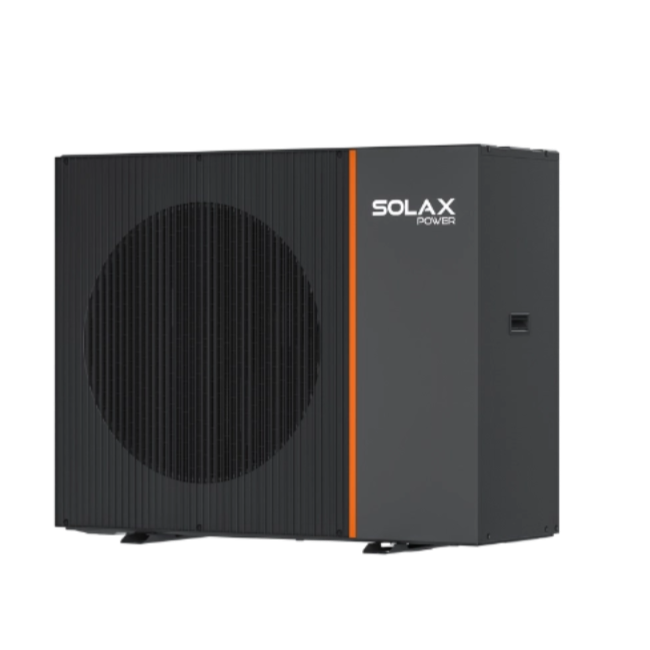October 11, 2024
Integrating Energy Storage with Dynamic Pricing: A Game-Changer for Energy Management in Europe
Share my #SolaXStory
As Europe contends with increasingly frequent episodes of negative electricity prices, driven by an oversupply of renewable energy, the need for more sophisticated energy storage solutions has never been more pressing. The occurrence of negative pricing, where electricity prices dip below zero, underscores the urgency for innovative strategies to efficiently manage and store energy. This challenge is particularly prominent in countries like Poland, where fluctuating electricity prices are becoming a key feature of the energy market.
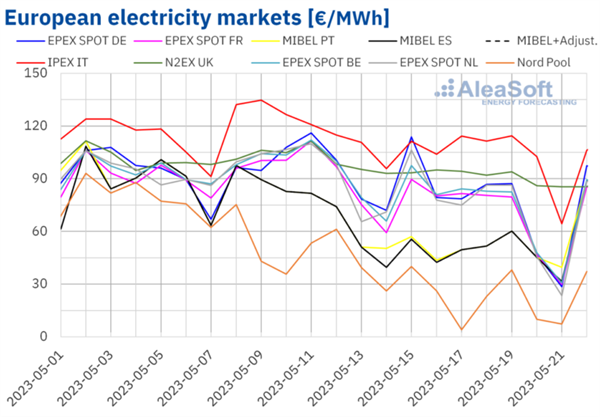
In this context, the synergy between solar energy and dynamic pricing represents a transformative opportunity for optimizing energy use and maximizing savings. But how exactly does this combination work, and why is it crucial in the evolving European energy landscape?
The Rising Tide of Dynamic Pricing
Dynamic pricing is more than just an industry buzzword. It refers to real-time fluctuations in electricity prices based on supply and demand. In periods of high renewable energy production—such as during sunny or windy days—electricity prices can drop sharply, sometimes even turning negative. Conversely, during times of high demand or low renewable output, prices can soar.
Poland, for instance, is already grappling with the introduction of dynamic pricing to improve grid management and encourage more efficient energy consumption. While these policies help stabilize the grid and reflect the true cost of electricity, they also challenge consumers to adjust their energy usage patterns to avoid high costs and capitalize on low or negative prices. The key to unlocking the full potential of these fluctuations lies in integrating solar energy with intelligent storage systems that can respond dynamically to price changes. Source: PV Magazine

Energy Storage and Dynamic Pricing: A Perfect Match
Energy Storage, when combined with dynamic pricing, offers an unparalleled advantage in managing these real-time price variations:
Harnessing Free Solar Power: Solar panels produce electricity from sunlight, offering a renewable and cost-free energy source. This reduces reliance on the grid during peak pricing periods, allowing you to avoid higher energy costs.
Storing Energy for Peak Use: Energy storage systems capture excess solar energy produced during periods of low electricity prices or high solar output, storing it for later use when prices rise.
Real-Time Energy Optimization: By integrating solar energy with advanced energy management tools, consumers can respond to price fluctuations in real time.
SolaX Power's Advanced Storage Solutions
SolaX Power offers advanced energy storage solutions that are designed to maximize the benefits of solar technology and dynamic pricing:
Smart Schedule: Utilizing AI, this feature optimizes energy storage by analyzing real-time pricing and solar generation forecasts.
Smart Scene: Users can set customized energy management scenarios with “IF THEN” logic, programming the system to charge when prices are low.
24/7 Time-of-Use (TOU) Management: Offers flexible settings for each hour of the day to maximize savings and optimize performance.

Case Studies: SolaX Power in Action Across Europe
Real-world case studies demonstrate the capabilities of SolaX Hybrid Systems across Europe:
Germany: Increased monthly revenue by €8.4, improving energy yield by 7.4% and solar production by 5.5%.
France: Monthly revenue increased by €10.7 with an 11.1% rise in energy yield and 7.7% improvement in solar production.
United Kingdom: Despite no increase in solar production, revenue grew by €1.43 through dynamic tariff management.
Austria: Capitalized on zero and negative electricity prices, with a €2.2 increase in monthly revenue and a 4.71% boost in energy yield.
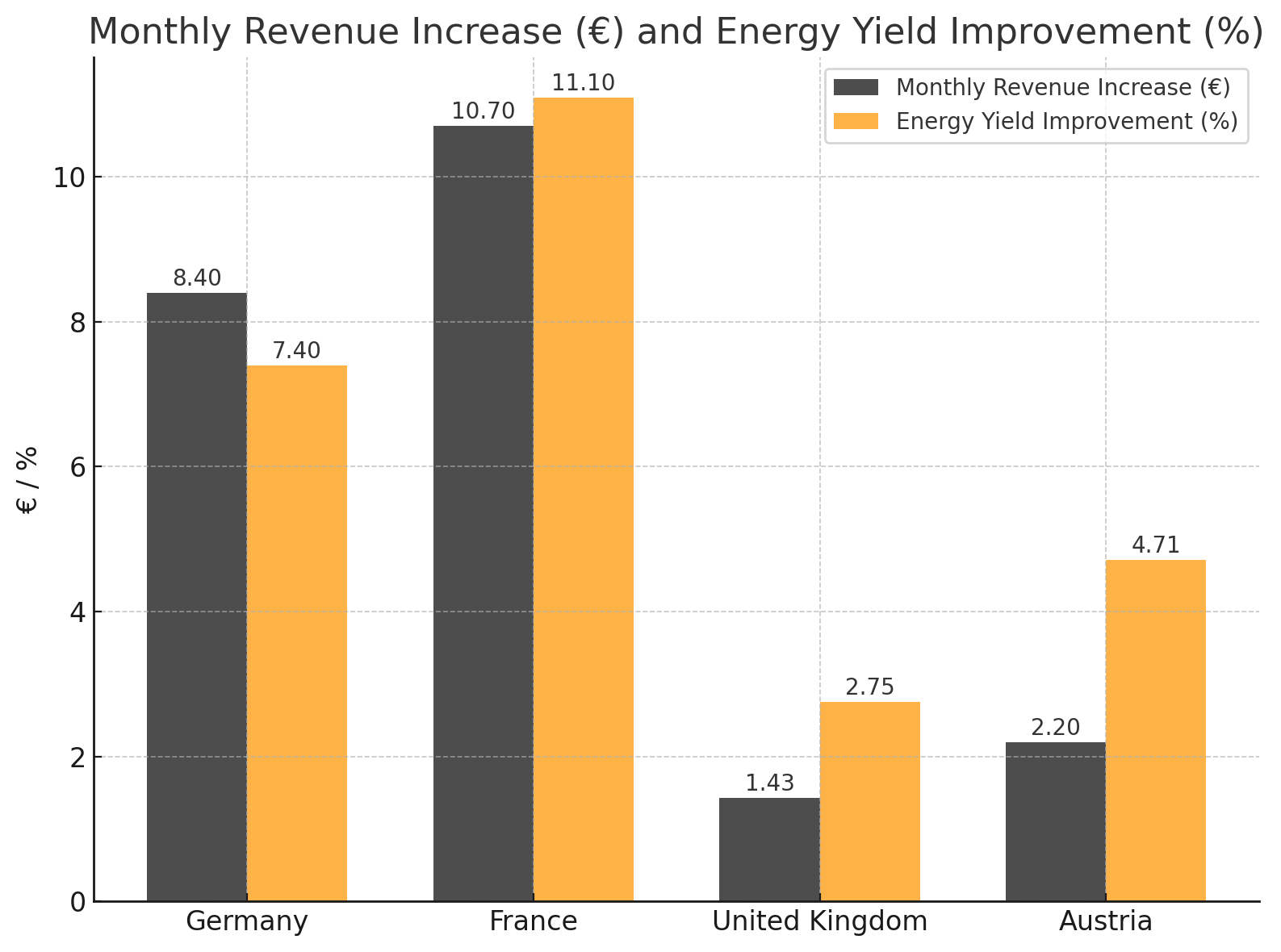
The Future of Energy Management with SolaX
As Europe continues to face challenges such as negative pricing and fluctuating energy markets, integrating solar energy with dynamic pricing is becoming essential. SolaX Power offers solutions to help users intelligently manage energy consumption and maximize savings.
Last News
Explore expert insights, practical guides, and the latest news on SolaX Power.

To the Latest Newsletter
Stay Ahead with the Latest SolaX Updates!
Subscribe
I have read and agree to Privacy Policy and User Terms







